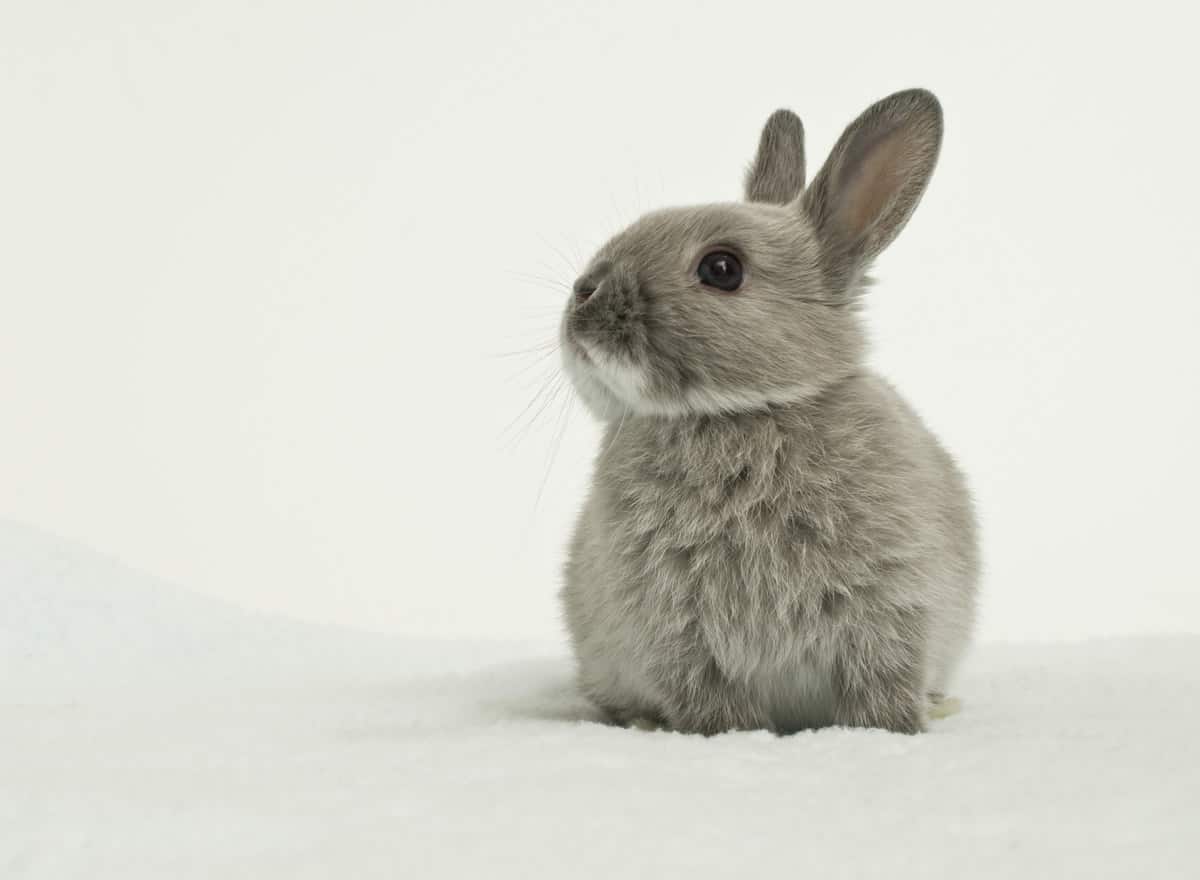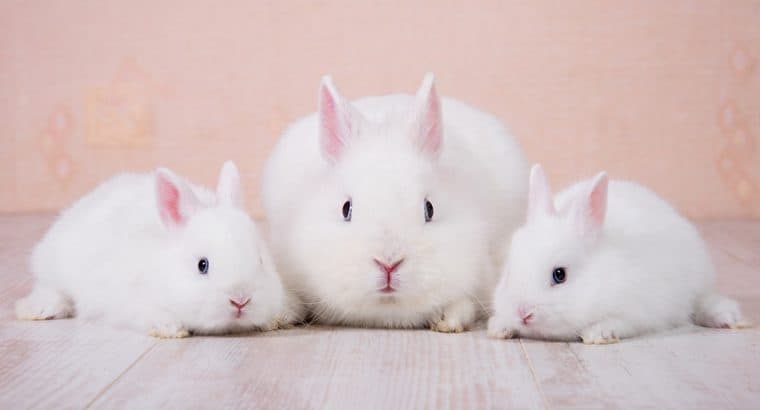Dwarf Rabbits as pets: Everything you needed to know!
Dwarf rabbits are adorable and lovely to cuddle with and they seem like the perfect companion to come home to after work. But even though they are, in fact, perfect pets for people who work a lot, there are things to consider when keeping one in your house.
Have a good think before buying one
Generally speaking, dwarf rabbits can be held without having to consult your landlord since they belong into the category of small animals. However, a flat can be a less than ideal space for them if they do not get the space they need. Dwarf rabbits are used to digging tunnels and running around in the wild, so keep in mind that while being small animals, they still want to run around just like dogs or other bigger animals do. Moreover, dwarf rabbits enjoy contact with other animals and therefore should not be kept alone. Questions like “Who will care for the animal on a daily basis?”, “Who will look after them during a holiday?” or “How much will the vet cost?” are important to consider before buying a dwarf rabbit to ensure species-appropriate keeping.

Rabbits use body language to communicate
Dwarf rabbits differ in their behaviour from cats or dogs. They are very gentle animals and when sensing danger, they tap on the ground with their hind legs. In more acute situations, they also hiss or let out cries, sometimes even scratch and bite. When they stand upright on their hind legs, they usually want to achieve a better view over their surroundings. You know they are relaxed when lying on one side with their hind legs stretched out.
Rabbits are frightened very easily and it is therefore very important to always approach their cage slowly and also to not randomly grab and lift them. You can tame a rabbit by repeatedly feeding it out of the palm of your hand and therefore building up the trust. It is also important to teach your children how to respectfully and correctly handle a rabbit.
Happy rabbit? Only with enough space!
As mentioned above, rabbits have the urge to move a lot. It is therefore very important to buy or build a large enclosure that enables them to run around freely. Another important aspect is never keeping them alone. Even a guinea pig is not a suitable substitute for a member of the same species. Male rabbits should be castrated and the enclosure should be structured well to avoid conflict amongst the animals.
Keeping rabbits inside
Standard cages available in shops are usually less than ideal for keeping rabbits. They are way too small and can therefore cause the muscles to reduce, which of course has negative health impacts. But that’s not all, being kept in a small cage can even cause for a rabbit to develop behaviour disturbances like scratching, biting or nibbling at the bars of the cage.
To properly keep a rabbit, a whole corner of a room should be reserved. However, the enclosure should not be visible from all sides and also has to be out of reach for cats and dogs. It also should not be too close to a window or a radiator, since rabbits prefer a stable temperature between 18-20 degrees. Moreover, each animal needs its own house to sleep and hide whenever needed. The bedding of the enclosure should have several layers. A suitable first layer would be newspapers or cellulose, followed by tree bark, hemp bedding or special bedding for small animals. The last layer should be formed out of hay or straw. The entire bedding should be changed and refreshed every week.
You should also remember to include some obstacles like houses, stones or wood to give your pets the chance to climb onto something. It is also important to give your rabbit the opportunity to dig, that is possible by arranging big bowls filled with soil or sand. Bowls for water and food should stand slightly elevated. To create a suitable “toilet”, simply fill up a bowl with bedding and place it in one corner of the enclosure. The bedding in that corner should be renewed daily.
Keeping rabbits outside
Dwarf rabbits can be held outside throughout the entire year. It is, however, important to place your pets outside when the nights aren’t too cold yet so that they can get used to the new temperatures slowly. Just like in an inside enclosure, there should be enough room to hide and also enough hay and straw to keep warm. The enclosure should also be isolated to protect your rabbit from wetness and the cold. Obviously, it is very important to provide an enclosure that is safe against other animals and also that your rabbit cannot escape from. Therefore, it is necessary to include a thick protective layer in the bottom to prevent your pet from digging its way out of the cage.
Now you should know the most important facts to take care of your new friend in the best possible way! As always, inform yourself further about keeping your pet in a species-appropriate way.
You must be logged in to post a comment.
